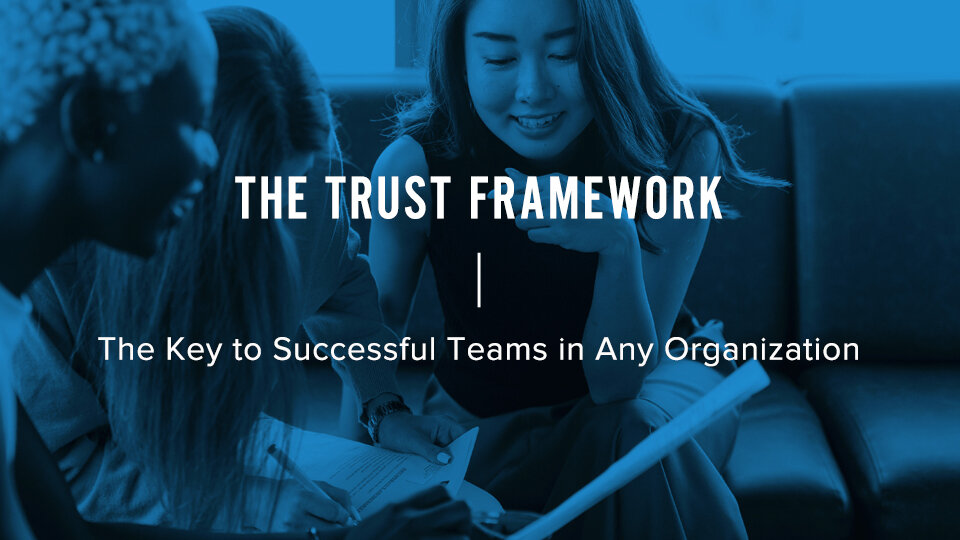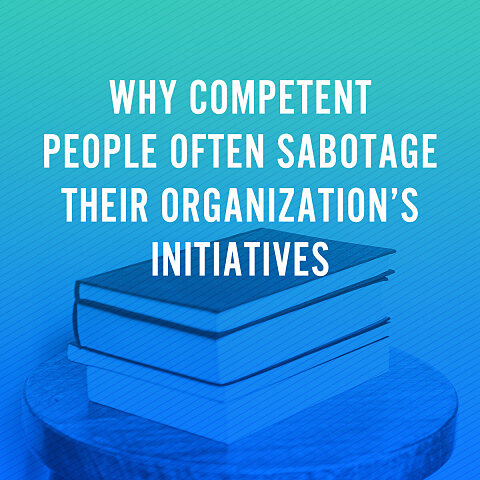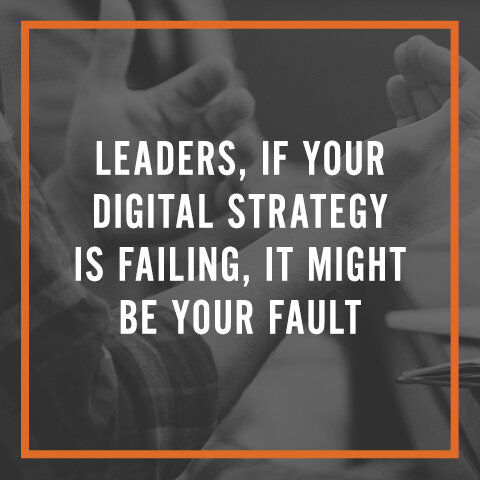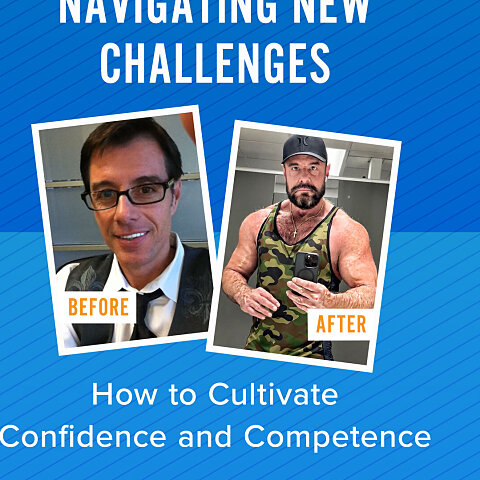How Getting Fired by a Con Man Inspired the TRUST Framework for Success Inbox
By Maurilio Amorim
I made a critical error in my early career: I ignored the signs that my boss was a con man.
The signs were everywhere: success ratios were exaggerated, the number of clients was inflated, and success stories that didn't exist were told. And these were the obvious things. There was a lot more going on that I was not aware of until it was too late.
I was holding on to that job until I got the large bonus I was promised for bringing a massive profit to the bottom line. With that money, I could provide for my family while finding another job or starting a new business.
But true to himself, my con of a boss pocketed the money I had earned and fired me instead.
Trust forms the bedrock of success in any organization, whether it's a small business, nonprofit, or team within a larger corporation. Trust empowers individuals to collaborate, take risks, and work towards shared goals.
On the other hand, the absence of trust can stifle progress, hinder innovation, and create a toxic work environment. Over the years, I developed an acronym to ensure any team I worked closely with would succeed.
The TRUST framework outlines the key elements to cultivate trust within teams and organizations. Let me share them with you.
T - Transparency: Transparency is the cornerstone of trust. It involves open and honest communication, sharing information freely, and being transparent about decisions and processes. By fostering transparency, leaders and team members create an environment of trust where everyone feels informed and involved.
R - Reliability: Reliability is the second pillar of trust. It means consistently delivering on commitments and being dependable. Reliability builds trust by showing that team members can rely on each other to fulfill their responsibilities, meet deadlines, and consistently produce high-quality work.
U - Understanding: Understanding is essential for building trust within a team. It entails active listening, empathy, and respect for different perspectives. By cultivating understanding, leaders and team members create a safe space where everyone feels heard, valued, and understood. This fosters trust and strengthens relationships.
S - Support: Support is a crucial component of trust. It involves offering assistance, encouragement, and guidance to team members. By providing support, leaders and team members demonstrate their commitment to each other's success. This creates an environment where individuals feel supported, motivated, and empowered to take risks and grow.
T - Time: Trust takes time to develop and nurture. It requires investing time and effort into building relationships, fostering open communication, and demonstrating consistent behavior. Leaders and team members should prioritize spending time together, engaging in team-building activities, and creating opportunities for genuine connections to form.
The TRUST framework provides a comprehensive guide for building strong teams and fostering organizational trust. By embracing transparency, reliability, understanding, and support and dedicating time to nurturing relationships, leaders and team members can cultivate an environment where trust thrives.
When trust is present, collaboration, innovation, and engagement flourish, propelling the organization toward success. Remember, trust is not built overnight, but by consistently applying the TRUST framework, you can create a culture where trust becomes the foundation of your team's achievements.
On the other hand, the absence of trust can stifle progress, hinder innovation, and create a toxic work environment. Over the years, I developed an acronym to ensure any team I worked closely with would succeed.
The TRUST framework outlines the key elements to cultivate trust within teams and organizations. Let me share them with you.
T - Transparency: Transparency is the cornerstone of trust. It involves open and honest communication, sharing information freely, and being transparent about decisions and processes. By fostering transparency, leaders and team members create an environment of trust where everyone feels informed and involved.
R - Reliability: Reliability is the second pillar of trust. It means consistently delivering on commitments and being dependable. Reliability builds trust by showing that team members can rely on each other to fulfill their responsibilities, meet deadlines, and consistently produce high-quality work.
U - Understanding: Understanding is essential for building trust within a team. It entails active listening, empathy, and respect for different perspectives. By cultivating understanding, leaders and team members create a safe space where everyone feels heard, valued, and understood. This fosters trust and strengthens relationships.
S - Support: Support is a crucial component of trust. It involves offering assistance, encouragement, and guidance to team members. By providing support, leaders and team members demonstrate their commitment to each other's success. This creates an environment where individuals feel supported, motivated, and empowered to take risks and grow.
T - Time: Trust takes time to develop and nurture. It requires investing time and effort into building relationships, fostering open communication, and demonstrating consistent behavior. Leaders and team members should prioritize spending time together, engaging in team-building activities, and creating opportunities for genuine connections to form.
The TRUST framework provides a comprehensive guide for building strong teams and fostering organizational trust. By embracing transparency, reliability, understanding, and support and dedicating time to nurturing relationships, leaders and team members can cultivate an environment where trust thrives.
When trust is present, collaboration, innovation, and engagement flourish, propelling the organization toward success. Remember, trust is not built overnight, but by consistently applying the TRUST framework, you can create a culture where trust becomes the foundation of your team's achievements.














